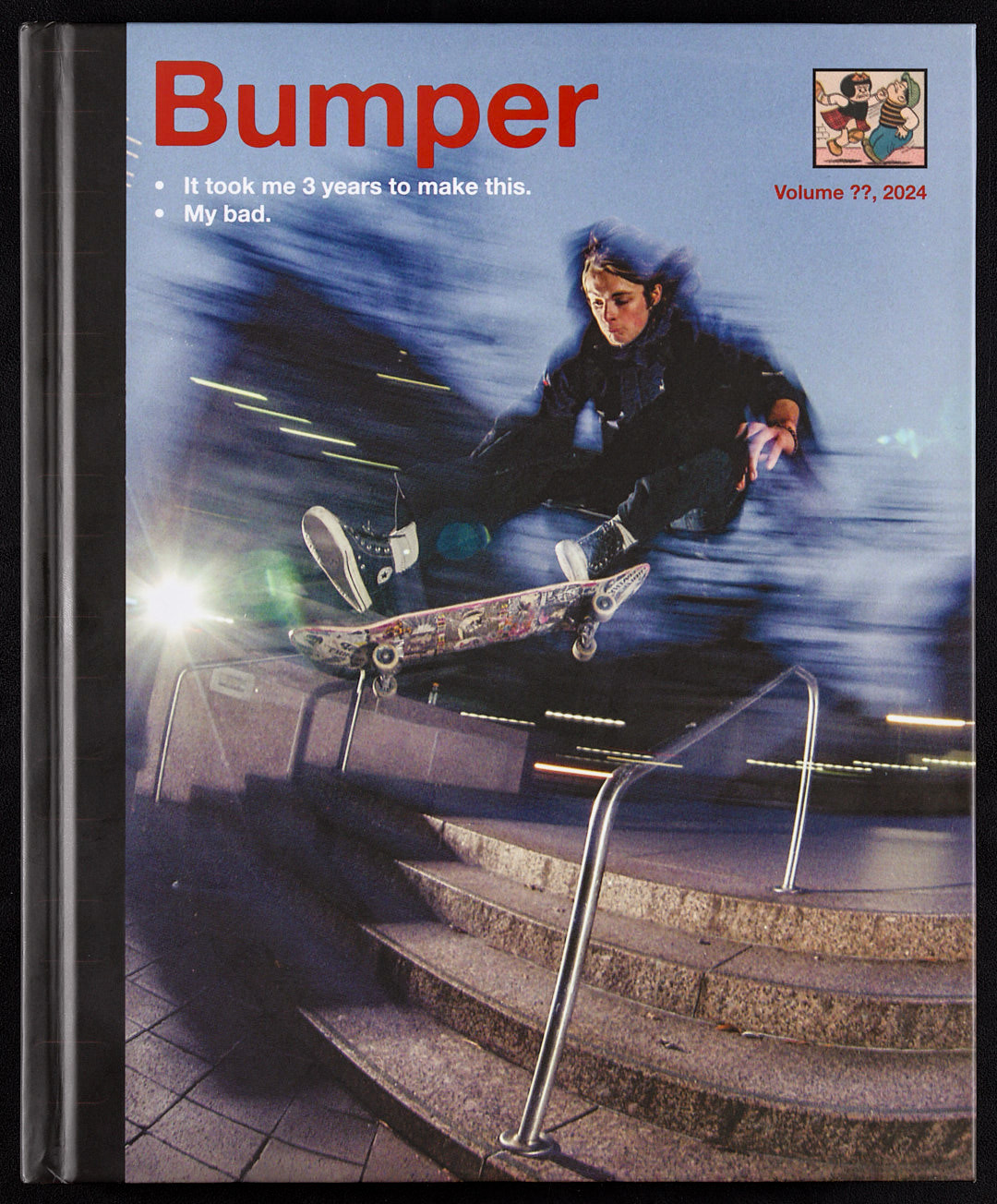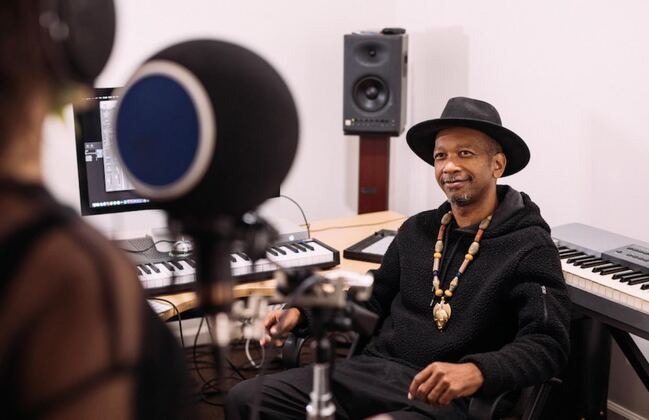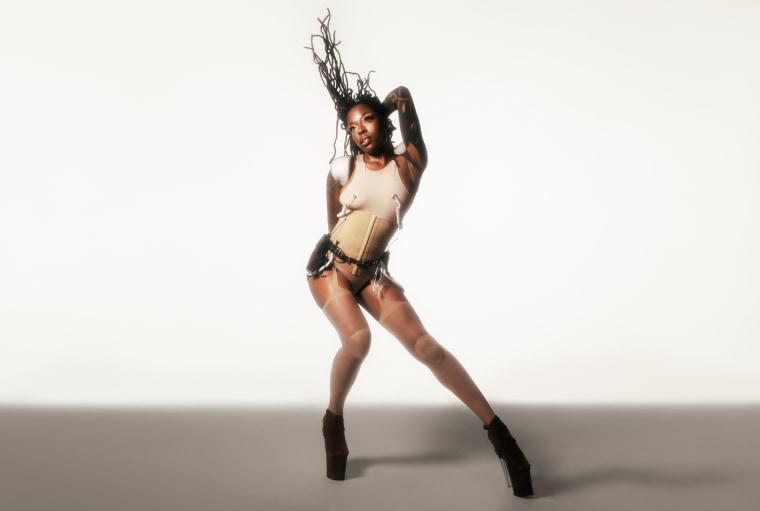Bumper is the most human skateboarding book of the year”>
The main character of Bumper, a new skateboarding book by DC-based photographer Owen Basher, isn’t one of the various pals he snaps mid-nosegrind, backspin, or pop shove-it. Although Basher and co. make it all the way across the Atlantic over the course of hundreds of pics, Washington DC’s Freedom Plaza bookends and dominates the conversation, with good reason.
“People have been skating at the Plaza for 30, 40 years,” Basher tells me on a phone call the week after Bumper’s release. “It’s this soup of generations that goes by and there’s this unspoken set of rules. You know you’re hanging out on hallowed ground.”
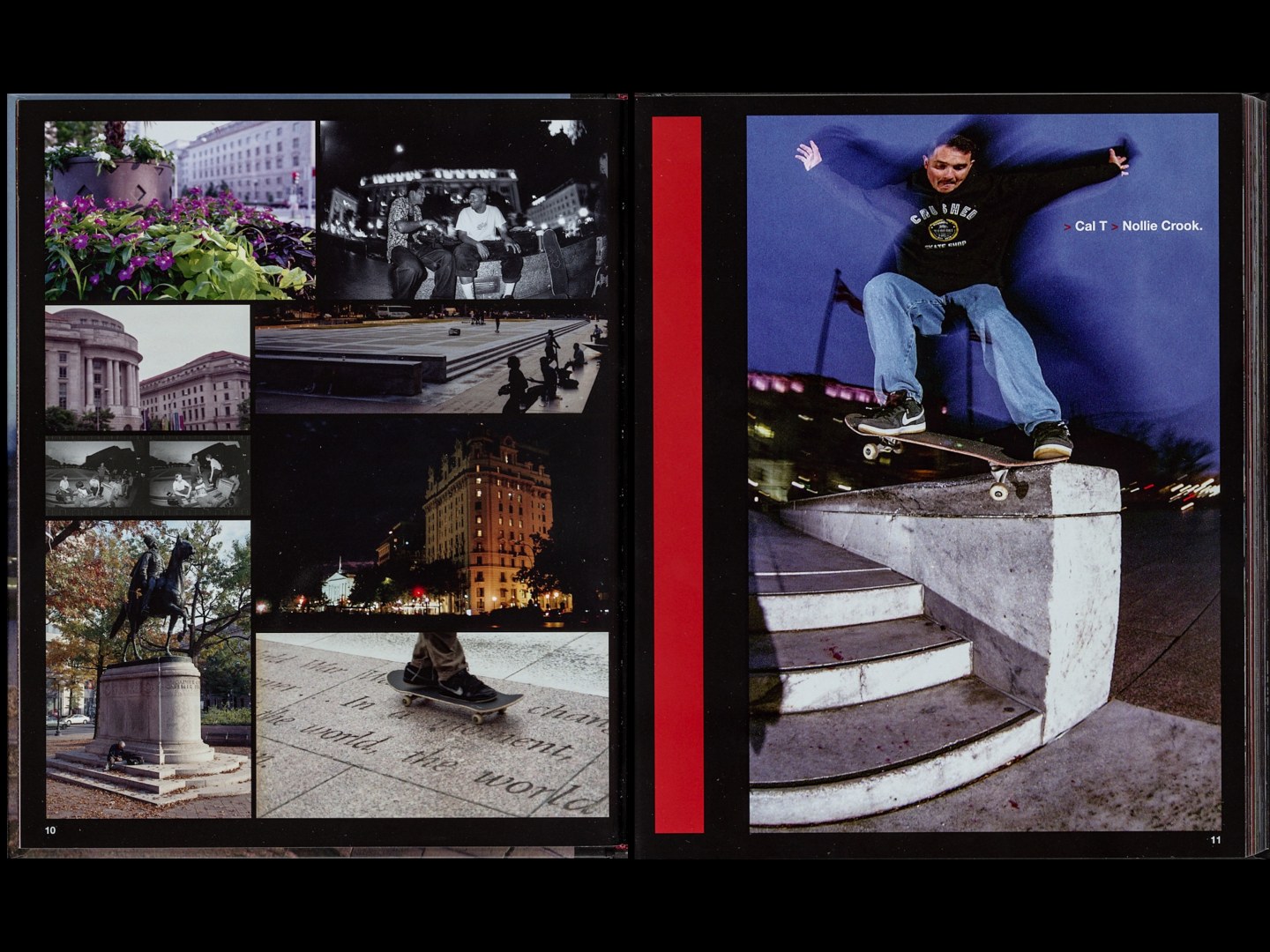 Bumper is the most human skateboarding book of the year”>
Bumper is the most human skateboarding book of the year”>
Perched at the corner of Pennsylvania Avenue and 14th Street a stone’s throw from the White House, the unshaded plaza offers little to the corporate yuppies and tourists flowing through and around the area (one of the original designers called its execution a “failure”), but that hasn’t stopped skaters (as well as protestors and the occasional 5K organizer) from making the most of the paved expanse. How much longer they’ll be able to do so is uncertain: in recent years, the plaza’s pedestrian-unfriendliness has prompted redesign initiatives, and Donald Trump’s exhortations to “beautify” the nation’s capital have spurred crackdowns.
“It is very telling of the time we live in now and the direction the city is going. I view everything through the lens of a skateboarder, but it’s so applicable to anyone using these public spaces in DC,” Basher says. “To us, it almost brings back how it was in the early 2000s, what we heard about from the old-timers — running from park police, people getting tackled. We’re back [to] looking around, having your head on a swivel because you don’t know what’s going to happen.”
Born and raised in the Hudson Valley, Basher says, “no one else in my hometown really skated;” ditto for his time in college. So when he finally moved from upstate NY down to DC after college, Freedom Plaza became a central hub. “In DC there’s the conception of an intern who’s always going around networking. My version of networking was, I would go down to the plaza and just skateboard or have a beer on the curb and try to talk to people my own age. And that’s how I met the people I skate with now.”
 Bumper is the most human skateboarding book of the year”>
Bumper is the most human skateboarding book of the year”>
Tom’s bump to backside lipslide.
I shot that at a slow shutter speed to really get a sense of motion. You can see my friend Elijah filming on his camera on the right side of the photo; I really like that because it demonstrates the dynamic of what’s going on when you’re shooting and filming skateboarding in the street. A lot of times you’ll be laying in the gutter trying to get the perfect shot while people on the sidewalk are walking past looking at you like what the hell are you doing? So I really like that photo because it includes that behind the scenes element of how much production is going into this one image.
Photographed over the course of three years, Bumper captures a slice of post-pandemic skateboarding around DC and beyond, from London hotspot Southbank to subterranean Metro stations. “Eventually it got to a point where I had 200 or 300 photos and I was like, this is way bigger than a zine,” Basher explains. “Eventually I met John and Zack who do Shining Life Press, and they publish a lot of hardcore stuff […] They pretty much let me do whatever I want, and from there it took me three years of playing in InDesign.”
What I love most about these dynamic, arresting images is their weightlessness: whether blurred in motion or frozen perfectly crisp, every action shot has an implicit velocity. In conversation, Basher is quick to acknowledge the influence of Baltimore’s skate culture on DC’s and point out the similarities between Euro and American architecture; he’s a bit of a gearhead too, shooting everything on a Nikon F4 in order to mimic the skate mags he read as a kid (in the name of fidelity, all of his flashes are from the 90’s as well).
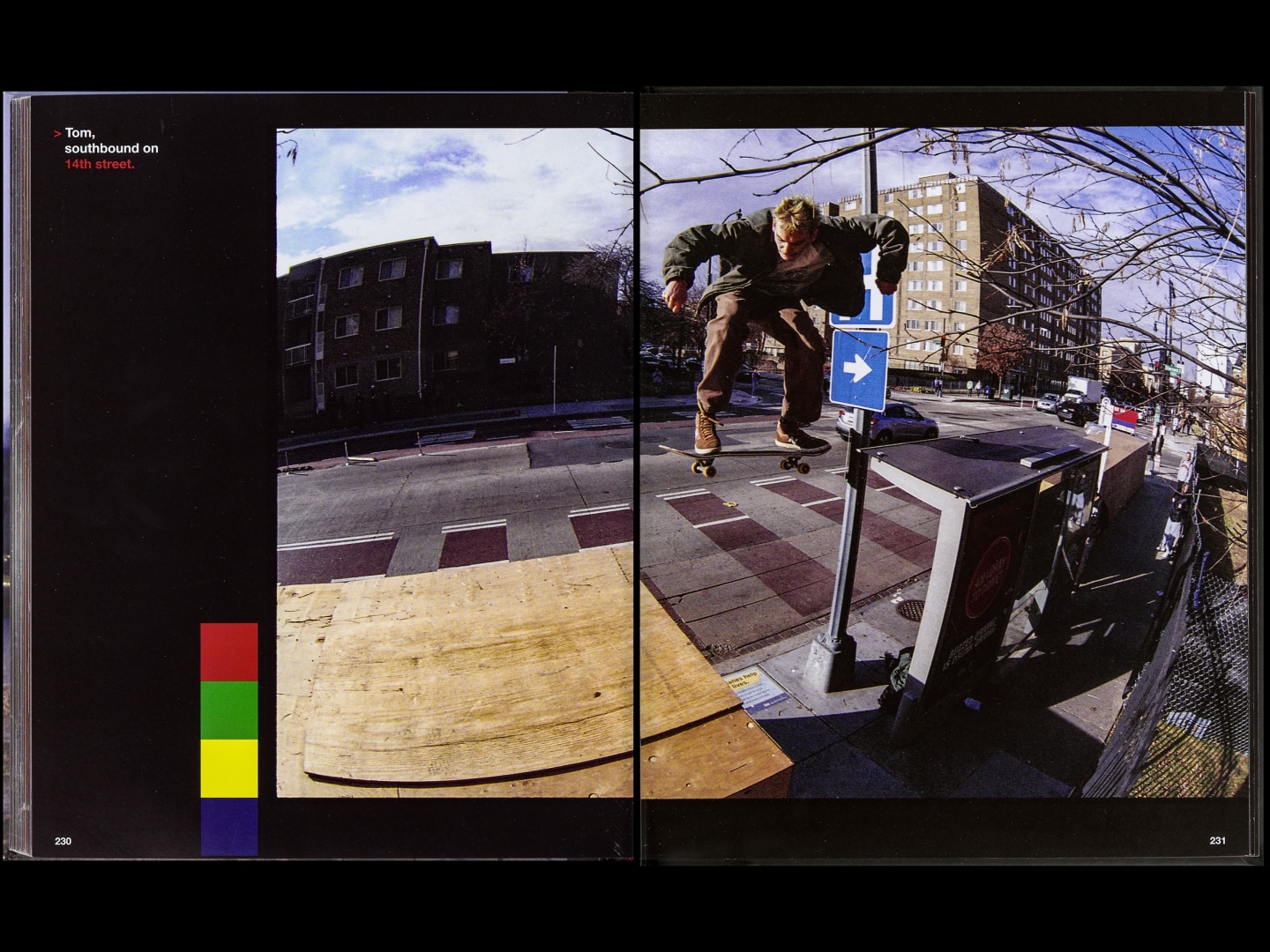 Bumper is the most human skateboarding book of the year”>
Bumper is the most human skateboarding book of the year”>
The FADER: Do you remember the first trick you landed?
Owen Basher: I got my first skateboard when I was like 12 and I remember I was able to ollie within the first week and I was like, “Oh this is really sick, this is really fun.” Even to this day I still do a lot of basic tricks and those are the sort of tricks that I like to photograph [the most].
What do you like about photographing simple tricks?
It’s easier to tell the style of somebody. If someone’s just doing an ollie over a garbage can, that’s my favorite thing to shoot. You can easily tell what trick they’re doing and also their personal style: how they held their arms up or what kind of pants they’re wearing, what kind of shoes, what kind of board they’re riding.
 Bumper is the most human skateboarding book of the year”>
Bumper is the most human skateboarding book of the year”>
Mason’s nose grind
“That is on the 14th Street side of Freedom Plaza and that building lit up in the background is the Willard Hotel [where Martin Luther King Jr. finished his “I Have A Dream” speech]. I love night skate photos. That’s my favorite time to shoot. The lighting looks really cool and you’re able to make everything pop.”
The thing to me about Freedom Plaza that’s really interesting, aside from its long history, is that it’s so public. It feels a lot more exposed or communal, for better and worse.
There are times where a lot of MAGA people will be walking through and everyone’s skating, and [we] give them a crazy look because you know they’re gonna bring their bullshit with them. There are these moments of tension where it’s like, what are these people doing here?
Other places in the city like Malcolm X Park, park police are also monitoring there, too. Recently there was an event there, Techno in the Park, that was shut down because of heightened park police presence. And these are supposed to be public places, where you’re supposed to put on events like that.] It’s starting to get a little hectic to say the least, but so far I personally have not been tackled by police or anything – it’s just something to be aware of.
Talk to me a little about the European section of the book.
In 2023 I went to London, Paris, and Barcelona. It was really neat traveling with the same group of people and seeing how my friends skate in the context of a different city.
Each skater has their own individual sense of style, and a lot of that style comes from the place where they grew up skating. A lot of my friends grew up skating at the plaza, so they skate a certain type of way: They pop their tricks, they do a lot of grinds on ledges. So when you take them and take that style of skating and put it in a different city, say London, which also has a very famous skate spot called Southbank, it was really cool to see how those skills translated to that type of spot. There’s a Baltimore section too, and that’s because the skate scenes in Baltimore and DC have a very close relationship.
 Bumper is the most human skateboarding book of the year”>
Bumper is the most human skateboarding book of the year”>
Nashua’s Backside Heel Flip at Southbank
“Southbank is a legendary London spot, and it wouldn’t be a proper London skate trip if we didn’t get our bearings there. A lot of my favorite photographers are English photographers like Wig Worland, so it was really cool to go to Southbank and shoot a photo that looks exactly like one of my influences.”
Do you feel like there’s something particularly different about these cities in terms of the skate architecture?
I’d say similar rather than different. DC was modeled after a European city, [and] there were times when we were in Paris and we’d be skating and we’d be like, huh, this kind of feels like a bigger DC.
And as for London we found that skating South Bank was very similar to skating Freedom Plaza, because there are all these characters and all these locals that only skate that spot. Skating at the Plaza, there’s out of towners that come through all the time and a lot of the time they’re like, “oh wow, this is such an awesome spot.” It was interesting to be on the other end of that.
That reminds me of the “cast of characters” spread of portraits in the book. It reminded me of Shakespeare, like a dramatis personae type thing.
That goes back to what I was talking about earlier, about how there are all these generations that have spent so much time at the Plaza. There is this canon. There’s the older 90’s generation that looked up to like Carlos “Pooch” Kenner and Pepe Martinez, rest in peace, And we looked up to that these models of how we should skate this place.
And you’re seeing a lot of skaters in their 30s and 40s who are still skating [after work], and they’re just like, “yeah we have to skate to get this out and move on with our lives.” That’s very admirable to me as a 28 year old who’s transitioning into that point in my life.
 Bumper is the most human skateboarding book of the year”>
Bumper is the most human skateboarding book of the year”>
“We’re skating a spot on the sidewalk one night and this guy pulls up and he’s like, ‘Yo, skate my car.’ And he has two girls in the back seat and the girls are just like, ‘We can keep it moving, we don’t have to do that.’ But the guy was so insistent, and Zane’s the type of person where he’s like, if that opportunity presents itself, he’s gonna be like, ‘yeah, fuck it, I’ll skate your car…’
“And he must have gotten that trick in like 3 tries or something, and the guy wasn’t even mad that he dented his car or anything. He just really wanted to see a skater jump his car.”

